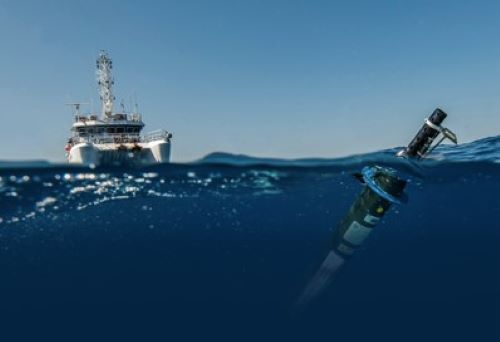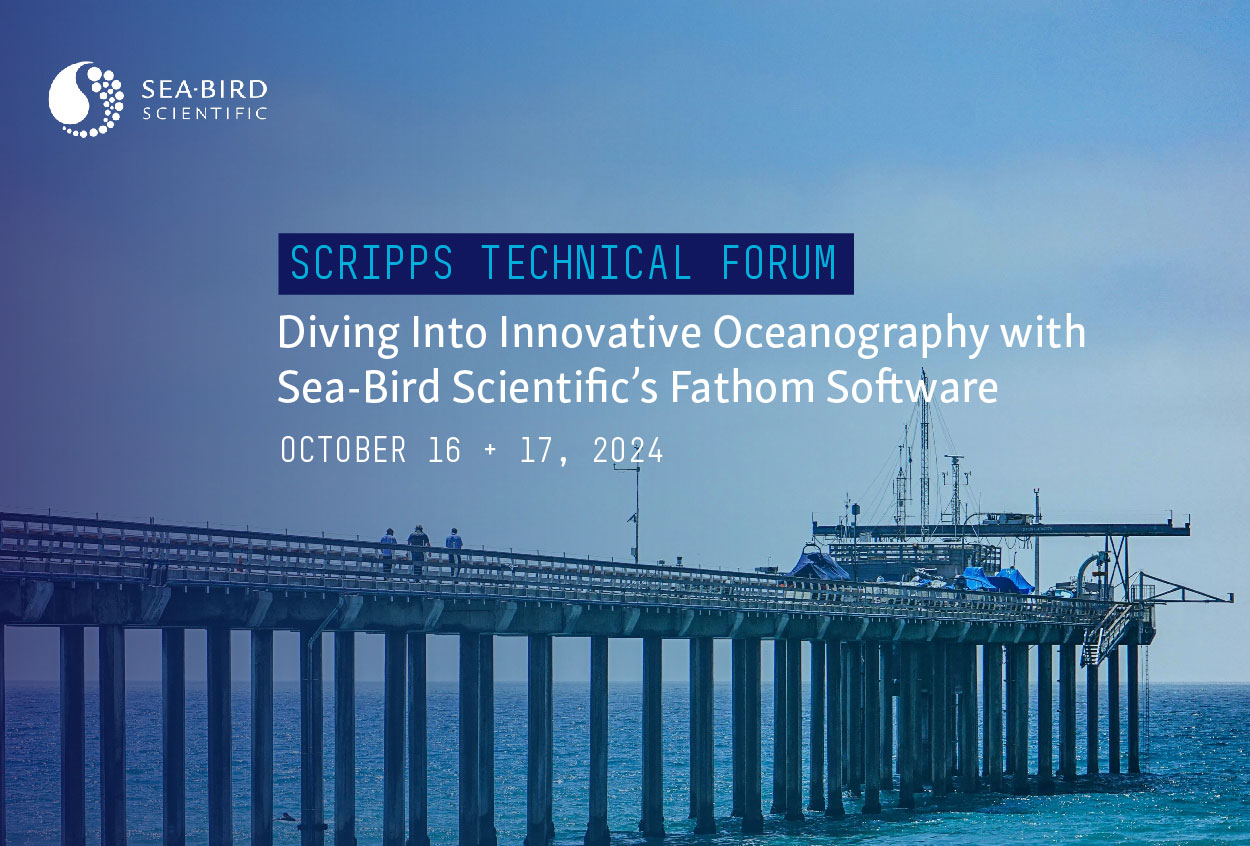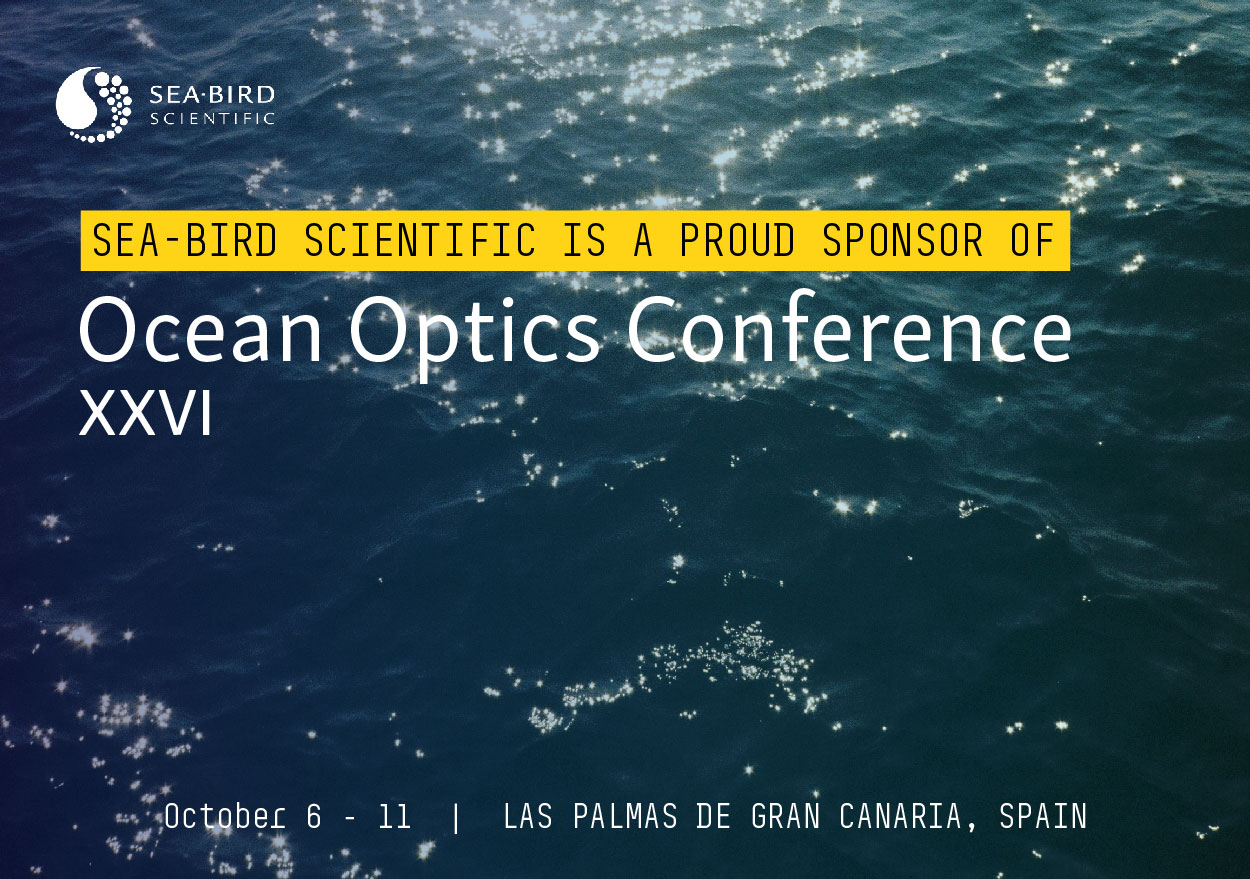BGC Sensors that Power Argo

Before the ocean robots of BGC-Argo adopted biogeochemical sensors, scientists leveraged the same instruments on shipboard and moored platforms (and still do today!). Just as the modern Argo CTD is based on traditional shipboard CTD designs, the sensors that power BGC-Argo are based on earlier designs.
| Parameter | Moored Deployment | Shipboard Deployments | Profiling Floats | AUV/ROV |
| CTD | 37/16plusV2/16plus-IM V2 | 9plus/ 19plusV2/ 25plus |
41/61 | 49/GPCTD |
| Dissolved Oxygen | SBE 63 | SBE 43 | SBE 63 | SBE 43F (GPCTD) |
| pH | SeaFET V2/ SeapHOx V2/ Deep SeapHOx V2 |
SBE 18/ SBE 27 |
Float pH | |
| Nitrate | SUNA V2 | SUNA V2/ Deep SUNA |
Deep SUNA | Deep SUNA |
| Chlorophyll a Backscatter FDOM |
ECO | ECO/SeaOWL | ECO/ MCOMS |
ECO Puck |
Dissolved Oxygen
The SBE 63 is used on both BGC floats and Moored CTDs. This optical oxygen sensor is always built into the CTD’s flow path for optimal accuracy and long-term stability. It is often found integrated into moored CTDs like the SBE 37-SMP-ODO and the HydroCAT-EP.
Thanks to the slower ascent speed of profiling floats, the SBE 63 is able to respond to changes in oxygen throughout the water column. For traditional shipboard profiling, where the underwater package is moving more quickly, the SBE 43 membrane oxygen sensor is recommended due to a faster response time.
pH
Navis BGCi + pH has the integrated Float pH module for autonomous missions. This utilizes ISFET pH technology, used in moored pH sensors like the SeaFET V2 and SeapHOx V2. Unlike traditional glass electrode pH sensors, these use a solid-state pH sensor that is capable of long-term stability.
The use of ISFET technology is important for autonomous and moored deployments alike – traditional glass electrode pH sensors drift quickly in seawater so are insufficient for unattended deployments longer than a few weeks.
Nitrate
The Deep SUNA is a repackaged version of the SUNA V2 UV nitrate sensor, designed for use on floats and gliders. Alongside state of the art UV absorption technology, the Deep SUNA is neutrally buoyant and hydrodynamic. Both the Deep SUNA and SUNA V2 use chemical-free UV technology.
The SUNA V2 utilizes the same UV technology but has options for moored deployments, such as an integrated wiper and battery options. It is often used for both moored and profiling deployments in both freshwater and seawater.
Fluorescence and Backscattering
Moored and shipboard deployments often rely on the ECO optical sensor for measurements of fluorescence, backscattering, turbidity, etc. The SeaOWL UV-A sensor uses similar technology with greater FDOM resolution to identify oil in water.
For floats, the ECO Puck is a miniaturization of the ECO sensors, while the MCOMS is an adaptation of the SeaOWL. Both function similarly to the standard versions.
Related Posts
Featured Posts
Oceanology International 2024
We hope to see you at #Oi24 We are excited to return to Oceanology International 2024 again in London, UK from March 12-14. Overview Oceanology International brings together 500+ exhibitors in the only event that links the three key players in the industry:...
Ocean Sciences Meeting 2024
We hope to see you at #OSM24 We are excited to return to Ocean Sciences Meeting 2024 in New Orleans, Louisiana from February 18-23 at booth number #527. Overview The Ocean Sciences Meeting 2024 is co-sponsored by the American Geophysical Union, the Association for the...
Pride 2023
Celebrating and honoring our LGBTQIA+ communities At Sea-Bird Scientific, we are proud to stand with members of the LGBTQIA+ community during Pride Month 2023. As with last year, we changed our logo on social media to feature a rainbow throughout the month of June in...
Science and Technology
Platform


